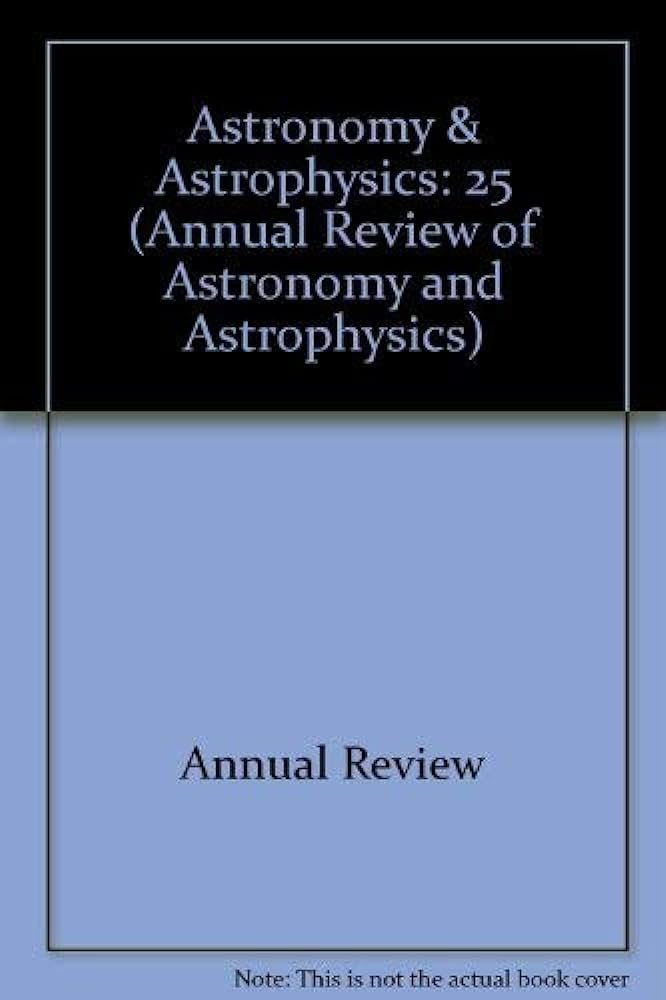活动星系核的相对论喷流
IF 32.5
1区 物理与天体物理
Q1 ASTRONOMY & ASTROPHYSICS
Annual Review of Astronomy and Astrophysics
Pub Date : 2018-12-14
DOI:10.1146/annurev-astro-081817-051948
引用次数: 259
摘要
大多数正常星系的核中都含有超大质量黑洞,这些黑洞可以通过圆盘吸积气体并变得活跃。这些活动星系核(AGN)可以形成喷流,从天文单位到百万秒差距,从米波长到TeV能量,都可以观测到。高分辨率无线电成像和多波长/信使运动正在阐明发生这种情况的条件。有证据表明:▪ 相对论AGN喷流是在黑洞旋转和吸积盘被强磁化时形成的,可能是由于在黑洞影响范围之外的高纬度气体吸积。▪ AGN喷流通过与圆盘风相关的磁应力在黑洞附近准直。▪ 更高功率的喷流可以以相对论性、超音速和质子主导的状态从星系核中出现,并以强烈的热点冲击终止;较低功率的喷流会退化为浮力羽流和气泡。▪ 喷流可以将质子加速到EeV能量,这有助于宇宙射线光谱,并可能引发能够有效辐射同步加速器γ射线的成对级联。▪ 当宇宙有几十亿年的历史,黑洞和大质量星系快速增长时,喷流要常见得多。▪ 喷流可以对它们的环境产生重大影响,刺激和限制星系的生长。确保我们理解AGN喷流的观测前景是光明的。本文章由计算机程序翻译,如有差异,请以英文原文为准。
Relativistic Jets from Active Galactic Nuclei
The nuclei of most normal galaxies contain supermassive black holes, which can accrete gas through a disk and become active. These active galactic nuclei (AGNs) can form jets that are observed on scales from astronomical units to megaparsecs and from meter wavelengths to TeV energies. High-resolution radio imaging and multiwavelength/messenger campaigns are elucidating the conditions under which this happens. Evidence is presented that: ▪ Relativistic AGN jets are formed when the black hole spins and the the accretion disk is strongly magnetized, perhaps on account of gas accreting at high latitude beyond the black hole sphere of influence. ▪ AGN jets are collimated close to the black hole by magnetic stress associated with a disk wind. ▪ Higher-power jets can emerge from their galactic nuclei in a relativistic, supersonic, and proton-dominated state, and they terminate in strong, hot spot shocks; lower-power jets are degraded to buoyant plumes and bubbles. ▪ Jets may accelerate protons to EeV energies, which contribute to the cosmic ray spectrum and may initiate pair cascades that can efficiently radiate synchrotron γ-rays. ▪ Jets were far more common when the Universe was a few billion years old and black holes and massive galaxies were growing rapidly. ▪ Jets can have a major influence on their environments, stimulating and limiting the growth of galaxies. The observational prospects for securing our understanding of AGN jets are bright.
求助全文
通过发布文献求助,成功后即可免费获取论文全文。
去求助
来源期刊

Annual Review of Astronomy and Astrophysics
地学天文-天文与天体物理
CiteScore
54.80
自引率
0.60%
发文量
14
期刊介绍:
The Annual Review of Astronomy and Astrophysics is covers significant developments in the field of astronomy and astrophysics including:The Sun,Solar system and extrasolar planets,Stars,Interstellar medium,Galaxy and galaxies,Active galactic nuclei,Cosmology,Instrumentation and techniques,
History of the development of new areas of research.
 求助内容:
求助内容: 应助结果提醒方式:
应助结果提醒方式:


